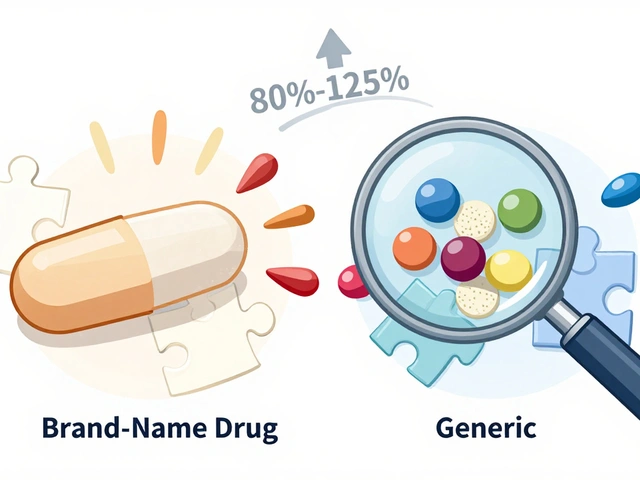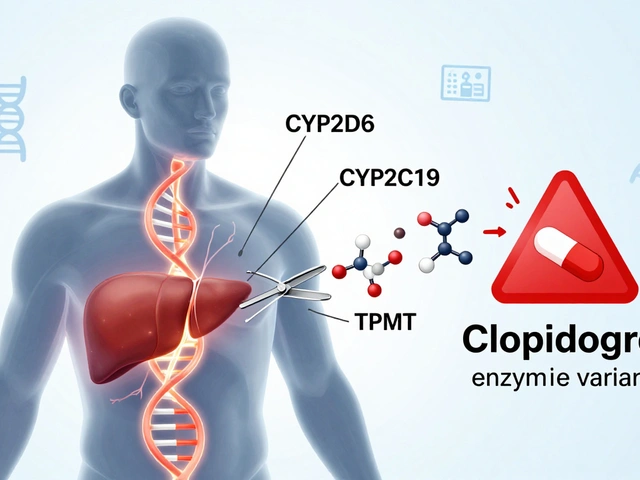Corticosteroids: What They Are, How They Work, and What You Need to Know
When your body’s inflammation gets out of control—whether from arthritis, asthma, or an autoimmune flare—it often needs a strong hand to calm things down. That’s where corticosteroids, a class of synthetic drugs that mimic natural hormones produced by your adrenal glands to reduce inflammation and suppress immune responses. Also known as steroids, they’re not the same as the muscle-building kind you hear about in sports scandals. These are medical tools, prescribed for real, serious conditions, and used every day by millions.
Corticosteroids come in many forms: pills like prednisone, a widely used oral steroid for short-term flare-ups and long-term autoimmune control, or prednisolone, often used in children and people with liver issues because it doesn’t need to be converted by the liver first. Then there’s Medrol, a brand name for methylprednisolone, another potent version used for everything from allergic reactions to multiple sclerosis relapses. Each has its own strength, timing, and side effect profile. What they all share is the power to turn down inflammation fast—but that power comes with trade-offs.
Short-term use might mean trouble sleeping, increased appetite, or a spike in blood sugar. Long-term use? That’s where things get serious: bone thinning, muscle loss, cataracts, and adrenal suppression, where your body forgets how to make its own steroids. That’s why doctors don’t hand these out like aspirin. They’re meant to be used carefully, at the lowest dose for the shortest time possible. Many of the posts here dig into exactly that—how prednisone affects your weight, how Medrol stacks up against other steroids, and what side effects you can’t ignore. You’ll find real comparisons, practical tips on reducing risks, and clear advice on when to push back on your doctor if something feels off.
Whether you’re just starting on a steroid course, worried about long-term effects, or trying to understand why your doctor switched you from one steroid to another, the articles below give you the no-fluff facts. No marketing. No jargon. Just what you need to know to use these drugs safely—and when to ask for something else.





